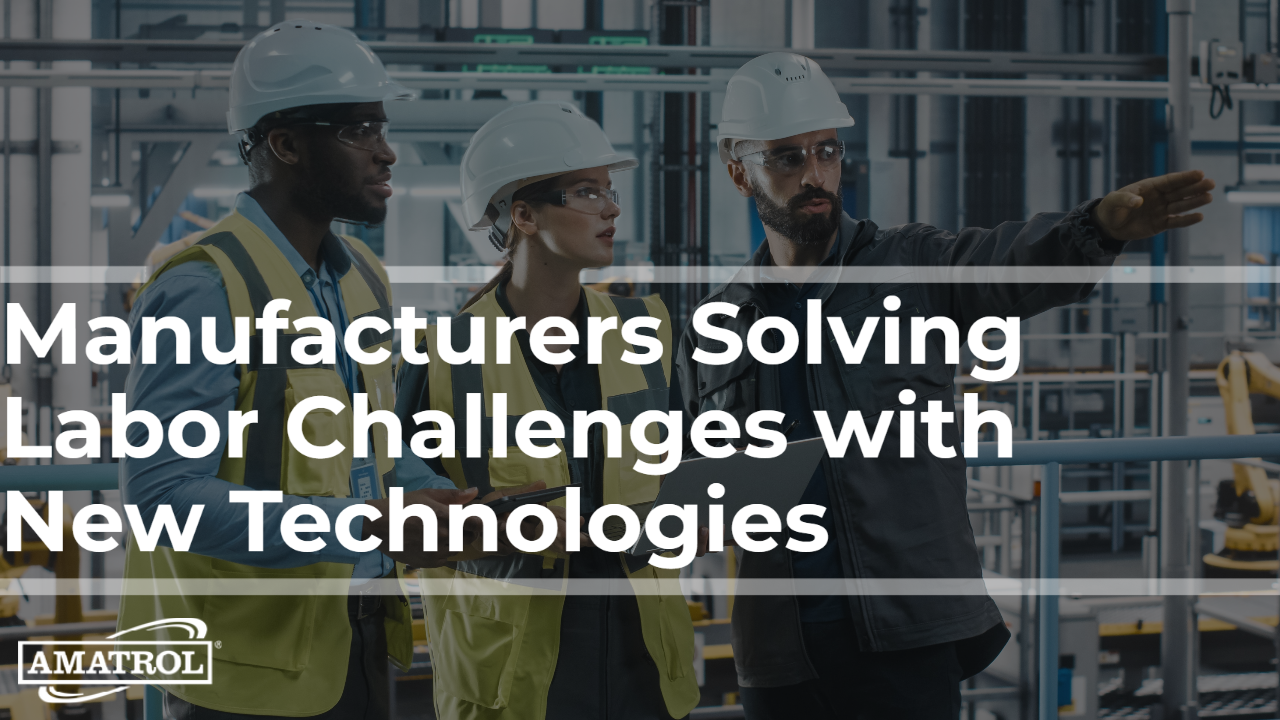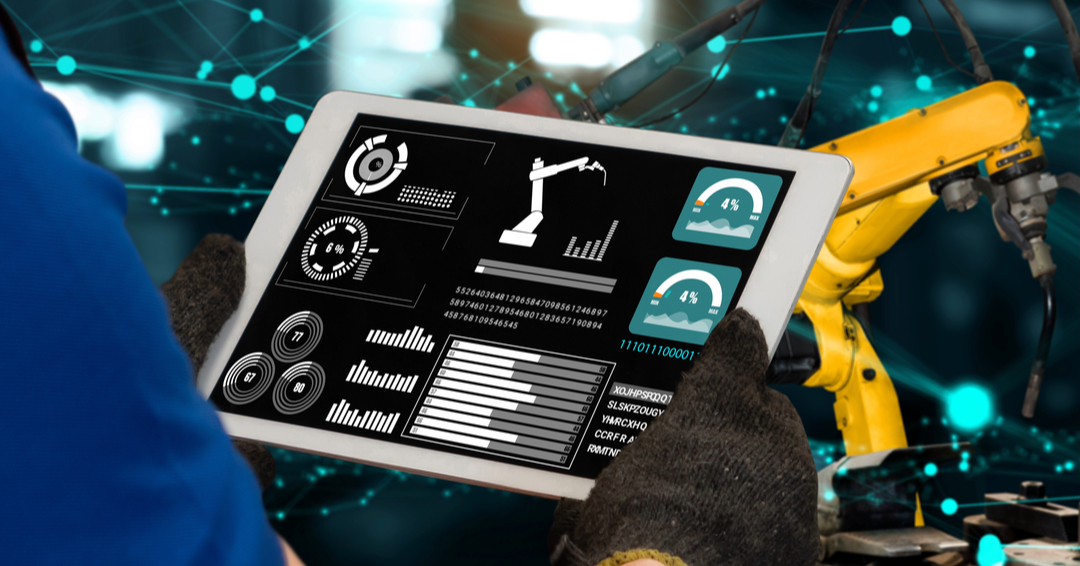When the COVID-19 pandemic struck in 2020, employers in every sector experienced a phenomenon that manufacturers had been dealing with for many years: a shortage of skilled workers. Most people vividly remember “CLOSED” signs adorning windows due to staffing shortages. While we’re a ways past the pandemic now, many businesses continue to experience skilled labor
As the global economy continues to recover from the COVID-19 pandemic, manufacturers all over the world are still struggling to fill hundreds of thousands of open positions. Despite their best efforts, manufacturers face a shortage of highly-skilled workers to meet their increasing demand. The skilled labor shortage isn’t the only challenge facing manufacturers, though. Global
To watch a Multimedia version of this story, please click here. When we open up trusted publications and see headlines like… “ROBOTS ARE STEALING OUR JOBS” (Entrepreneur, April 2019) “AI EXPERT SAYS AUTOMATION COULD REPLACE 40% OF JOBS IN 15 YEARS” (Fortune, Jan. 2019) “JOB LOSS FROM AI? THERE’S MORE TO FEAR!” (Forbes, Aug. 2018)
To view “Smart Automation in 2020 (And Where It’s Heading in 2021…)” as a multimedia presentation, please click here. Unique – it’s the only way one can describe 2020, in a nutshell. But for the field of smart automation, another word comes to mind: Innovative. The COVID-19 virus played a massive role in shaking up
To view this article as a Multimedia Presentation, please click here. The Internet and Smart Factory technology share a lot of similarities. Neither technological invention has a true inventor — instead, both have seemingly existed thanks to its evolution from a variety of responsible parties. In addition, both of them had their detractors prior to





